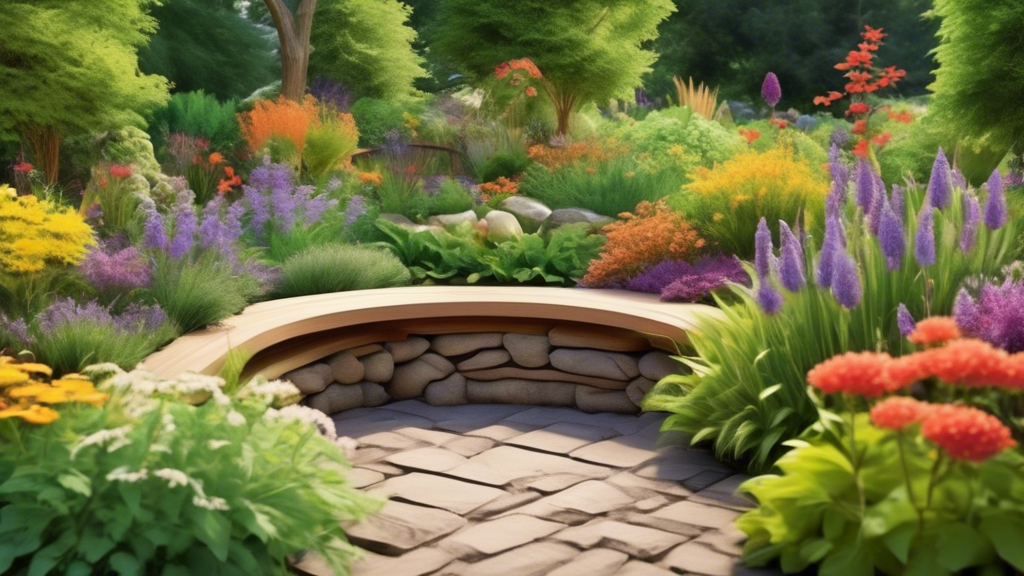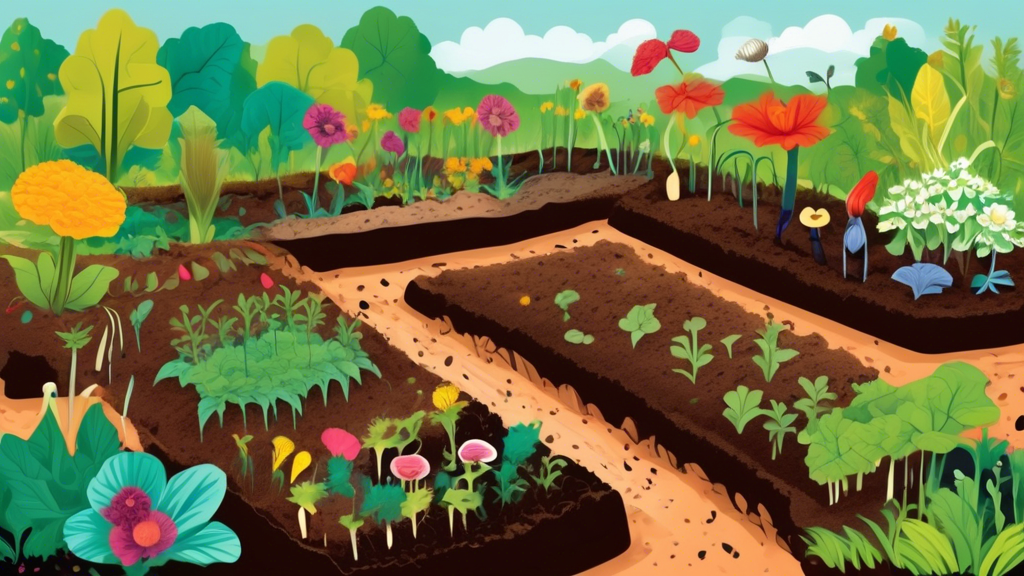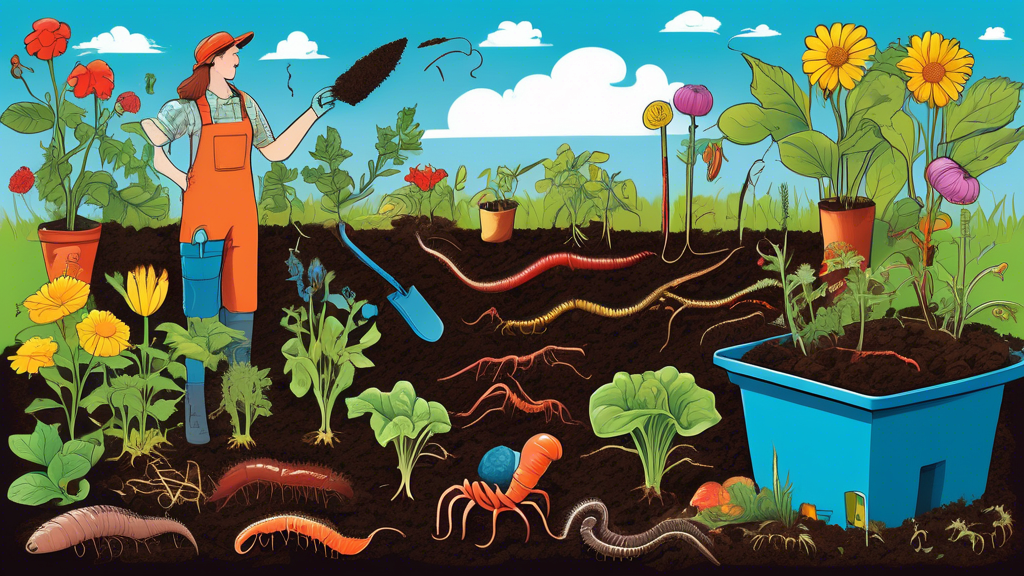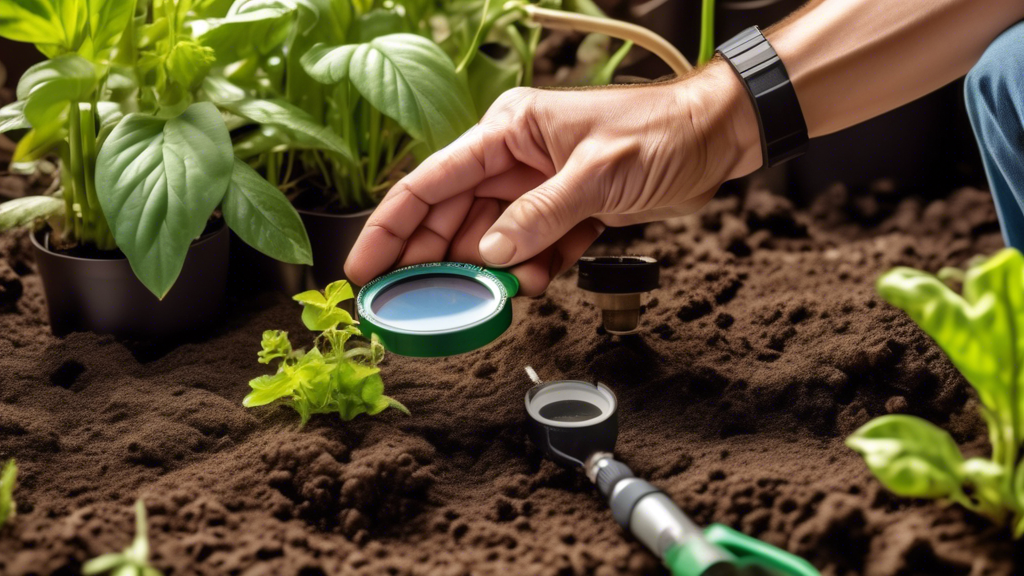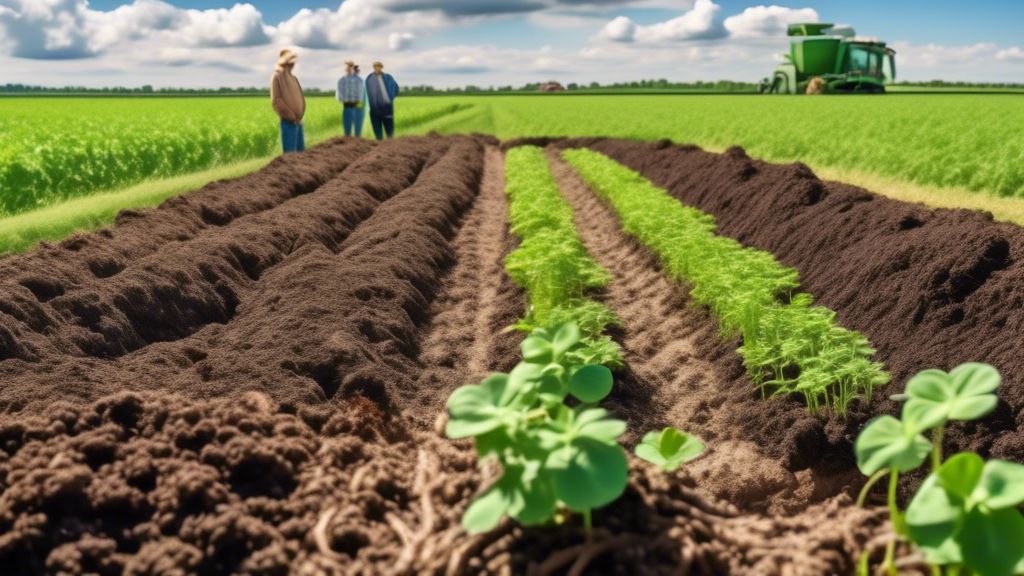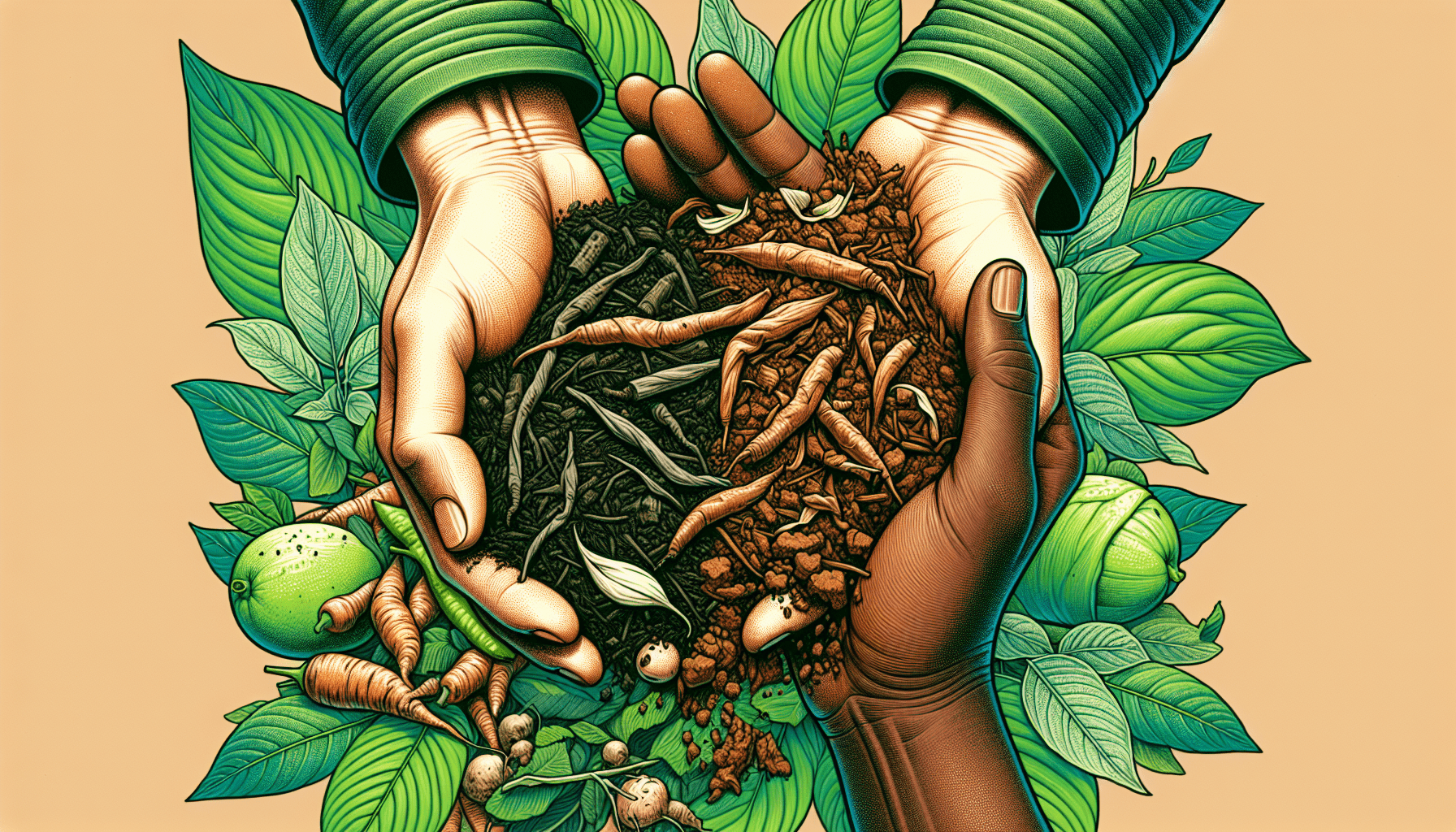
Welcome to “Composting: A Guide to Sustainable Living”! In this friendly guide, you’ll discover the essentials of composting and how it contributes to an eco-friendly lifestyle. Learn the simple steps to transform kitchen scraps and yard waste into rich, fertile soil. Whether you’re new to the concept or looking to improve your existing setup, this guide provides easy-to-follow advice to help you make the most of your composting efforts. With these tips, turning waste into valuable nutrients for your garden will become a rewarding and impactful part of your daily routine. Have you ever considered turning your kitchen scraps and yard waste into rich, nutrient-filled soil? Composting is a fantastic way to reduce your household waste while creating something valuable for your garden. Let’s dive into the wonderful world of composting and discover how you can make a difference in both your living space and the planet.
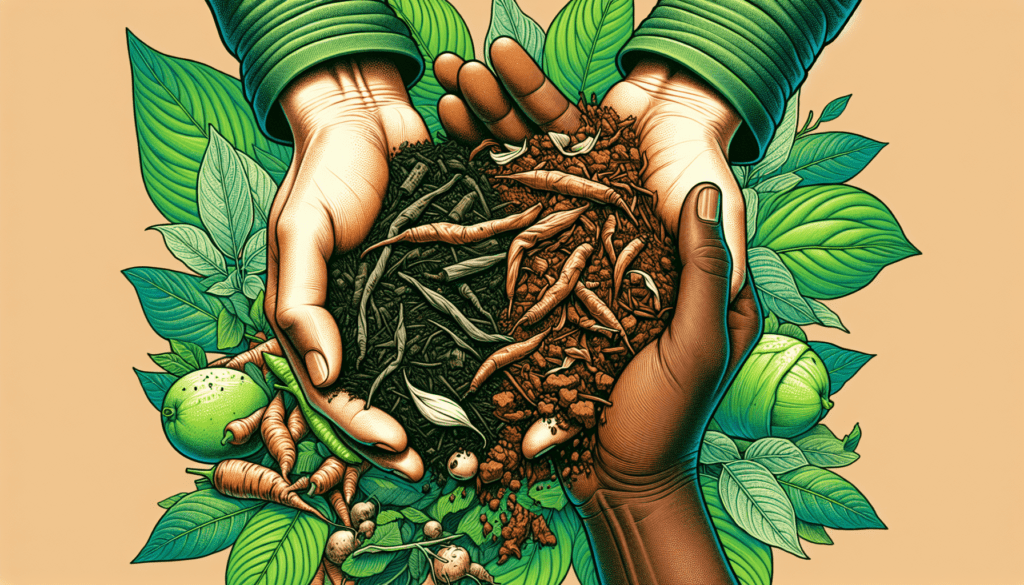
What is Composting?
Composting is a natural process that transforms organic materials like food scraps and yard waste into a dark, crumbly, and earthy-smelling substance known as compost. This compost can then be used to enrich soil in gardens, landscapes, and even potted plants. By composting, you’re recycling organic matter and helping reduce landfill waste, making it a key practice for sustainable living.
Benefits of Composting
Composting offers numerous advantages, not only for your immediate environment but also on a larger scale. Here are a few significant benefits:
Reduces Waste
By composting, you can substantially cut down the amount of organic waste headed to the landfill. This helps lower methane emissions from decomposing organic materials in landfills.
Enriches Soil
Compost improves soil structure, texture, and aeration while increasing its water-holding capacity. The presence of beneficial microorganisms in compost also helps suppress plant diseases and pests.
Saves Money
Making your own compost reduces the need to buy soil conditioners and fertilizers. It’s a fantastic way to save a few bucks while also benefiting your garden.
Reduces Greenhouse Gas Emissions
Composting at home means fewer trucks hauling waste to landfills, significantly cutting down on greenhouse gas emissions.
The Basics of Composting
Before you start, let’s break down the essentials of composting so you know what to expect.
Components of Composting
Composting relies on the perfect balance of four key components: browns, greens, water, and air.
- Browns: These are materials rich in carbon, such as dried leaves, straw, and cardboard. They provide the energy for microorganisms in your compost pile.
- Greens: These are nitrogen-rich materials, including fruit scraps, coffee grounds, and fresh grass clippings. Nitrogen helps the microorganisms grow and reproduce quickly.
- Water: Moisture is vital for breaking down the organic material. Too little moisture will slow down the process, while too much can make it smelly.
- Air: Oxygen is essential for aerobic decomposition. Turning your compost pile helps introduce air and accelerate the composting process.
| Component | Example Materials |
|---|---|
| Browns | Dried leaves, straw, cardboard, wood chips |
| Greens | Fruit scraps, coffee grounds, grass clippings |
| Water | Rainwater, hose |
| Air | Regular turning of the pile |
Suitable Compostable Items
Not everything can go into your compost pile. Here’s a quick rundown of what is suitable for composting:
Acceptable Items
- Fruit and vegetable scraps
- Coffee grounds and filters
- Eggshells
- Tea bags
- Shredded newspaper
- Yard trimmings
- Sawdust from untreated wood
- Houseplants
Items to Avoid
- Meat and dairy products
- Fats, grease, and oils
- Pet waste
- Diseased plants
- Invasive weeds
- Non-biodegradable materials
Types of Composting Systems
There are various composting methods available, each having its own characteristics and benefits. Let’s explore a few popular options.
Backyard Composting
Ideal for those with a garden or outdoor space, backyard composting involves creating a compost pile or using a compost bin.
- Compost Pile: Simply create a heap of compost material in a corner of your yard. It’s the most low-maintenance method.
- Compost Bin: Contain your compost in a bin to help maintain a neater appearance and manage pests more effectively.
Vermicomposting
This method uses worms, specifically red wigglers, to break down organic matter. It’s perfect for indoor composting or in apartments.
- Worm Bin: Create or purchase a bin specially designed for vermicomposting. The worms consume the organic material and produce castings rich in nutrients.
Tumbler Composting
For those seeking convenience, tumbler composters are a great choice. These commercial bins are designed to be rotated, helping aerate the compost and speed up the decomposition process.
How to Start Composting
Starting a compost pile might seem intimidating, but it’s a simple and rewarding process. Follow these steps to begin your composting journey.
Choose a Site
Pick a convenient location with good drainage. Ideally, it should be a spot that gets both sun and shade throughout the day.
Build or Buy a Container
If you’re opting for a compost bin, you can either build one yourself or purchase a ready-made container. Ensure it has good ventilation.
Layer Your Materials
Begin by layering coarse materials like twigs and straw at the base to promote air circulation. Alternate layers of browns and greens to create a balanced mix. Aim for a ratio of about 3 parts browns to 1 part greens.
Maintain Your Compost Pile
Turn your compost pile regularly to aerate it, helping the decomposition process. Check the moisture level—it should feel like a damp sponge. If it’s too dry, add water; if it’s too wet, add more browns.
Harvest Your Compost
Depending on your method, composting can take anywhere from several weeks to a few months. Mature compost is dark, crumbly, and smells earthy. Remove the finished compost and leave any partially decomposed material to continue breaking down.
Common Composting Challenges and Solutions
Every beginner faces obstacles when learning the ropes of composting. Here are some common challenges and how to overcome them.
Bad Odors
Foul smells often indicate a lack of air or an excess of green materials. Turn your compost more often and add more browns to balance the pile.
Pests
Rodents and insects are usually attracted to meat, dairy, and greasy foods. Avoid composting these items and ensure your bin is securely covered.
Slow Decomposition
If your compost isn’t breaking down, it may be too dry or not have enough green materials. Add water and more greens to accelerate the process.
Excess Moisture
A soggy compost pile can become anaerobic, leading to unpleasant smells and slow decomposition. Add more browns and turn the pile to improve aeration.
Enhancing Your Compost
Once you’ve got the basics down, there are ways to optimize your composting efforts to produce even richer compost.
Additives
Certain additives can speed up the composting process or increase its nutrient content.
- Manure: Adds nitrogen and accelerates decomposition.
- Compost Activators: Commercial products that contain microbes and nutrients.
- Soil: Adding garden soil can introduce beneficial microorganisms to the pile.
Shredding Materials
Breaking down large materials into smaller pieces increases the surface area, making it easier for microbes to decompose them. Consider shredding leaves, cardboard, and kitchen scraps.
Worms
Introducing worms, even if you’re not strictly vermicomposting, can help speed up decomposition and produce richer compost.
Using Your Compost
Now that you have rich compost, you can use it in various ways to benefit your garden or indoor plants.
Soil Amendment
Mix the compost into garden beds to improve soil structure and nutrient content. Spread a 1-2 inch layer over garden beds and mix it into the top 6 inches of soil.
Mulch
Use uncomposted organic matter as mulch. It helps retain soil moisture, suppress weeds, and gradually adds nutrients to the soil.
Potting Mix
Create your own potting mix by combining compost with regular soil and other amendments like perlite or sand.
Lawn Top Dressing
Spread a thin layer of compost over your lawn to enhance soil quality, retain moisture, and provide essential nutrients.
Composting in Small Spaces
Even if you don’t have a backyard, you can still compost. Here are a few strategies for composting in tight quarters.
Indoor Compost Bins
Compact bins designed for indoor use make it easy to compost kitchen scraps without a garden. Some even come with carbon filters to control odor.
Bokashi Composting
Bokashi composting uses a special bran inoculated with beneficial microorganisms. It can be done inside and results in a pre-compost that needs to be buried in the soil to finish.
Community Composting
Many urban areas have community composting programs where you can drop off your compostable waste. It’s an excellent alternative for those with limited space.
Closing the Loop
Composting is more than just a waste reduction strategy. It’s about closing the loop in your household’s resource cycle. By converting waste into valuable compost, you’re nurturing your plants, enriching the soil, and sustaining the environment.
Conclusion
Composting is a rewarding practice that benefits your garden and the planet. With a little effort, you can turn everyday waste into a valuable resource, making a positive impact on your surroundings. So why not start composting today? Your garden – and the Earth – will thank you.
Happy composting!
Feel free to share your composting tips or questions in the comments below. We’d love to hear about your composting journey!

